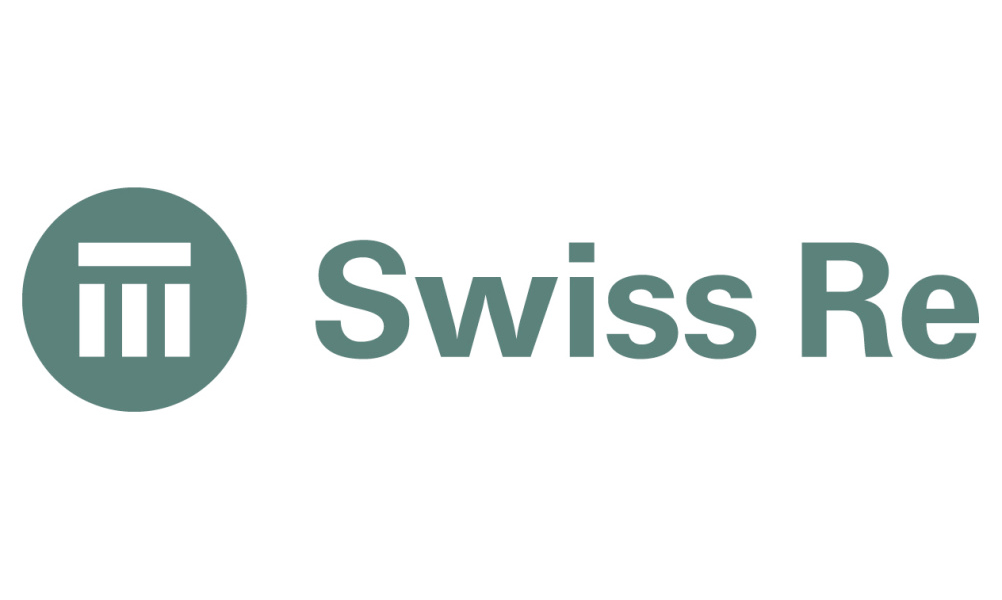The Swiss Re Institute has revealed that global insured losses from natural catastrophes hit $80 billion in H1 2025, which is almost double the 10-year average and more than half of the firm’s projected full-year figure of $150 billion.
 According to the Swiss Re Institute, the Los Angeles County wildfires in January led to an estimated $40 billion in insured losses in H1 2025, while insured losses from severe convective storms (SCS) totalled $31 billion.
According to the Swiss Re Institute, the Los Angeles County wildfires in January led to an estimated $40 billion in insured losses in H1 2025, while insured losses from severe convective storms (SCS) totalled $31 billion.
It will come as no surprise to readers that the wildfires in January constituted the largest-ever insured wildfire loss event by far.
The Swiss Re Institute noted losses from wildfires have risen sharply over the past decade as rising temperatures, more frequent droughts and changing rainfall patterns “converge with suburban sprawl” and high-value asset concentration.
“Before 2015, wildfire-related insured losses made up around 1% of all natural catastrophe claims. With eight of the ten costliest wildfire events on record occurring in the past ten years, the share of insured losses related to wildfires has increased to 7%,” the Swiss Re Institute explained.
Meanwhile, the firm stated that despite H1 2025 experiencing several damaging thunderstorms with large hail and tornado outbreaks in the US, the overall SCS-triggered losses fell below both its trend estimate of $35 billion and the record-breaking events of 2023 and 2024.
“Nevertheless, SCS continue to be a major driver of global natural catastrophe insured losses, with year-on-year volatility underscoring their persistent threat to property and infrastructure,” the Swiss Re Institute said.
It continued, “With the US season for SCS past its peak, the focus for the second half of the year shifts to the North Atlantic hurricane season that typically peaks in early September.
“Forecasts indicate near-to-above-average activity, with three to five major hurricanes – above the long-term average of three.”
With insured losses climbing worldwide, total economic losses are also increasing, with the Swiss Re Institute reporting $143 billion in H1 2025, up from $130 billion during the same period in 2024.
Jérôme Haegeli, Swiss Re’s Group Chief Economist, commented, “The strongest lever to increase the resilience and safety of communities is to double down on mitigation and adaptation. It’s here that everyone can help reduce losses before they occur.
“While mitigation and adaptation measures come at a price, our research shows that, for example, flood protection measures such as dykes, dams and flood gates are up to ten times more cost-effective than rebuilding.”
Balz Grollimund, Swiss Re’s Head Catastrophe Perils, said, “Reinsurers not only act as a shock absorber for peak risks. They also have a crucial role to help the world prepare and respond to the growing natural catastrophe risk by understanding, quantifying and transferring the risk.
“Their models and tools pave the way for partnerships in public and private sectors that provide innovative, practical answers and help communities get back on their feet faster.”
The post Insured losses in 2025 could exceed $150bn following costly H1: Swiss Re appeared first on ReinsuranceNe.ws.





